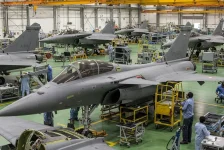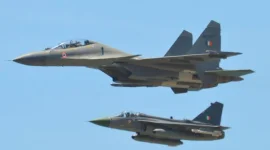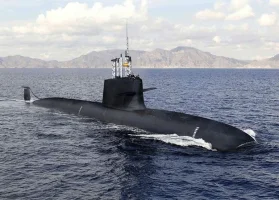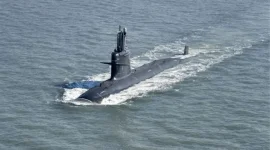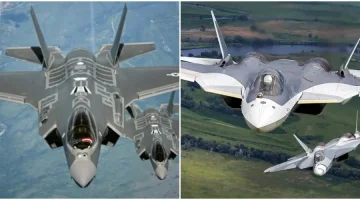- Views: 2K
- Replies: 21
India's military is set to gain a significant strategic advantage following a key government approval for the acquisition of advanced airborne surveillance aircraft.
The Defence Acquisition Council (DAC), led by Defence Minister Rajnath Singh, gave the green light on July 3, 2025, for the procurement of three specialised Intelligence, Surveillance, Target Acquisition, and Reconnaissance (ISTAR) aircraft.
The project, valued at approximately ₹10,000 crore ($1.2 billion), now moves to its next critical phase: selecting the aircraft platform.
Industry sources indicate that American manufacturer Gulfstream Aerospace and Canadian firm Bombardier Aviation are the final two contenders, with a decision anticipated before the close of 2025.
A Leap in Battlefield Intelligence
The ISTAR program represents a major evolution in India's military intelligence and strike coordination capabilities. These aircraft are far more than simple spy planes; they are sophisticated flying command centres.By integrating a suite of advanced sensors with powerful artificial intelligence (AI) and machine learning (ML) algorithms, ISTAR will provide the Indian Air Force (IAF) with a complete, real-time picture of the battlefield across land, air, and sea.
Designed to operate at high altitudes of over 40,000 feet for missions lasting at least eight hours, these planes can survey extensive territories from a safe distance.
This capability allows military commanders to monitor enemy movements, identify targets, and direct precision attacks without exposing assets to hostile fire, effectively acting as a 'nerve centre in the sky'.
Homegrown Brains on a Global Platform
At the heart of the ISTAR aircraft is a state-of-the-art sensor and communication package developed indigenously by the Defence Research and Development Organisation’s (DRDO) Centre for Airborne Systems (CABS). This suite includes:- Synthetic Aperture Radar (SAR): Capable of producing high-resolution images of the ground from up to 200 km away, penetrating through clouds, rain, and darkness.
- Ground Moving Target Indicator (GMTI): A system designed to detect and track moving vehicles on the ground from a distance of 150 km.
- Electro-Optical/Infrared (EO/IR) Sensors: High-powered cameras for detailed visual surveillance during day and night.
- Signals Intelligence (SIGINT): Equipment to intercept and analyse enemy communications and electronic signals.
This network-centric approach makes ISTAR a powerful force multiplier.
Overcoming Past Delays
India's ambition to acquire such a capability has been a long-standing one.Initial discussions for ISTAR systems with the American company Raytheon, intended to be fitted on Gulfstream jets, began in 2013 but eventually stalled due to administrative hurdles and cost concerns.
Another attempt in 2017 to purchase two aircraft via the U.S. Foreign Military Sales (FMS) route for $1 billion also failed to proceed.
The current initiative marks a more streamlined strategy, successfully combining proven, Indian-developed sensor technology with a globally sourced, high-performance airframe.
The Final Contenders
The selection of the base aircraft is now the program's most crucial step. Both potential airframes are long-range business jets renowned for their reliability, endurance, and ability to carry heavy, specialised payloads.- Gulfstream G550: This platform has a strong track record in military applications. It is the basis for several special-mission aircraft globally, including Israel’s advanced "Shavit" intelligence platform and Italy's E-550A airborne early warning aircraft. Its reliability was a key reason for its consideration in India's previous acquisition attempts.
- Bombardier Global 6000: A direct competitor, the Global 6000 series is also widely used for surveillance missions. The United Kingdom's Royal Air Force operates its latest generation, the Global 6500, as the "Shadow R2" intelligence platform, and the UAE uses it for its "GlobalEye" Airborne Early Warning & Control system.
Once the contract is signed, the IAF anticipates the delivery of these transformative aircraft within a 60-month timeframe, ushering India into an elite club of nations operating similar high-tech surveillance systems.

